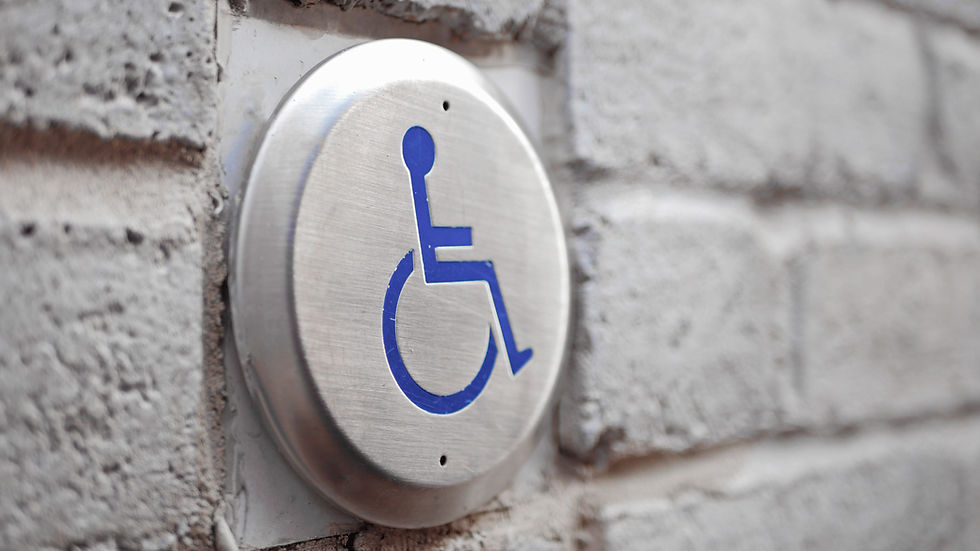Environmental Modifications with the I/DD Population: Improving Quality of Life
- Jeff Sealy

- Sep 16, 2023
- 1 min read
Environmental Modifications are internal or external modifications to the residence of a person with intellectual or developmental disabilities. The adaptations are designed to increase independence in the home while maintaining health and safety. Some examples of modifications include shelving, renovation of cabinets for easier access, widened doorways, wheelchair ramps, shower adjustments, handrails, and automatic openers. These modifications are highly significant for individuals diagnosed with I/DD but are considered elderly or diagnosed with severe impairments.
Furthermore, assistive technology such as control wheelchairs, modified walkers, adaptive beds, and furniture are examples of how the community can include each person to integrate typically into society. The purpose of the adaptation is to be person-centered and allow the equipment to serve their needs. The approach is also to prevent institutionalization.
It is important to note that modifications must meet local state and area building codes; however, the objective is to increase independence. Most adjustments can also be costly depending on construction and contractor costs, but the benefit is rewarding. Other adaptations include water faucet controls, workable tables, toilet/sink controls, heating/cooling adjustments, and bed alarms to improve life safety.
Regarding repairs, developing a contingency plan to mitigate any issues and minimize repeated damage is essential. We must preserve our aging/elderly population to maintain and improve quality of life.






Comments